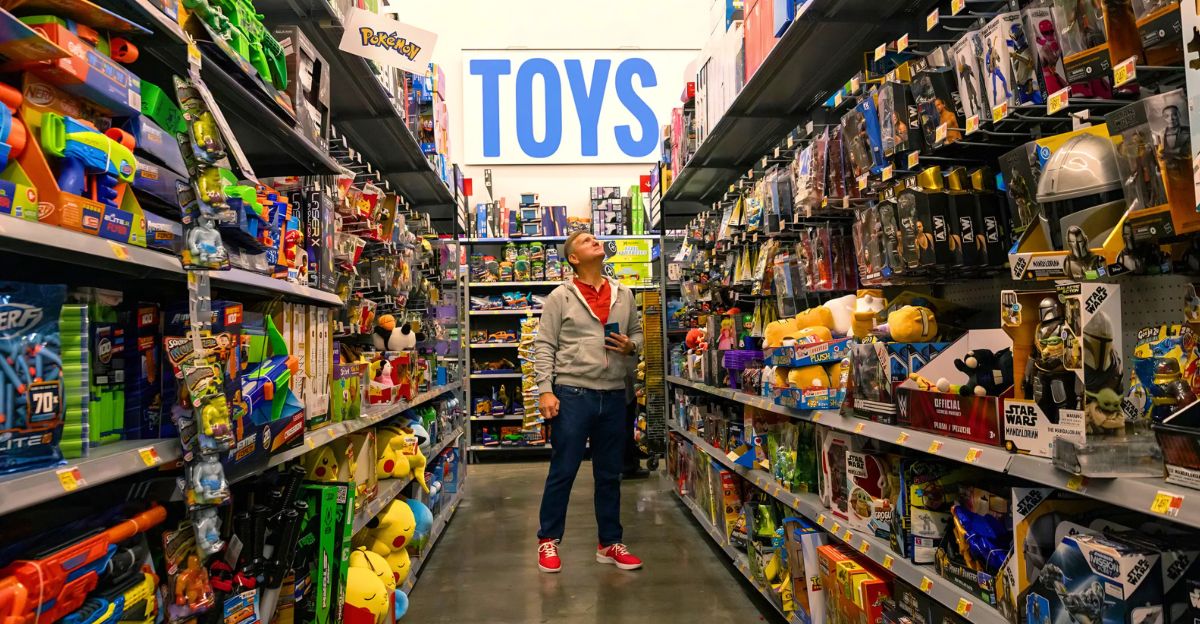
Something’s changing in America’s playrooms, not just the toys themselves. Families across the country notice something different this year when they shop for children’s toys. It’s subtle at first, but the impact is growing. What’s behind this sudden shift in what kids get to play with? Is it a new trend, a supply issue, or something bigger? The answer lies beyond the shelves, affecting not only the toys but also the buying experience.
This change is quietly reshaping childhood memories and family budgets alike. Stay with us as we unravel what’s happening behind the scenes of America’s toy market.
The National Pinch Felt Everywhere
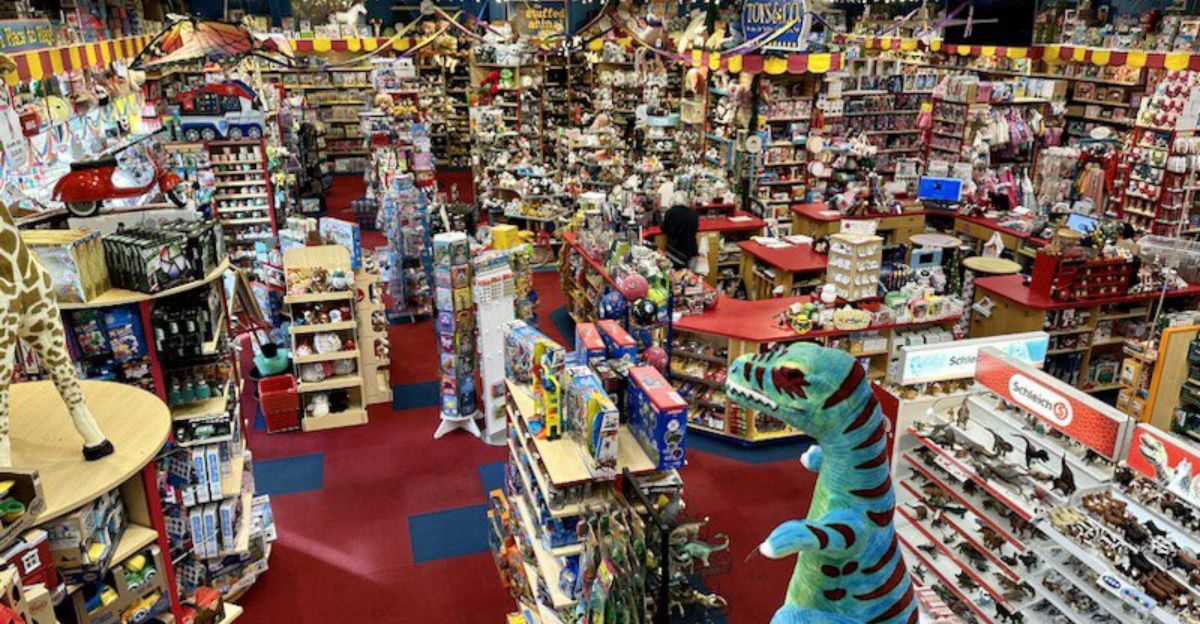
From bustling cities to small towns, families are feeling the squeeze at toy stores. This isn’t just a local problem. It’s a nationwide ripple effect. Parents notice higher prices and fewer options, and retailers struggle to keep up.
Could your local toy store be next to feel the impact? The changes are spreading coast to coast, touching every community and household. As trade policies shift and costs rise, the question becomes: how deep will this pinch go? The stakes are high for millions of Americans who want to give their children the joy of play without breaking the bank.
Remembering the Toys of Yesteryear
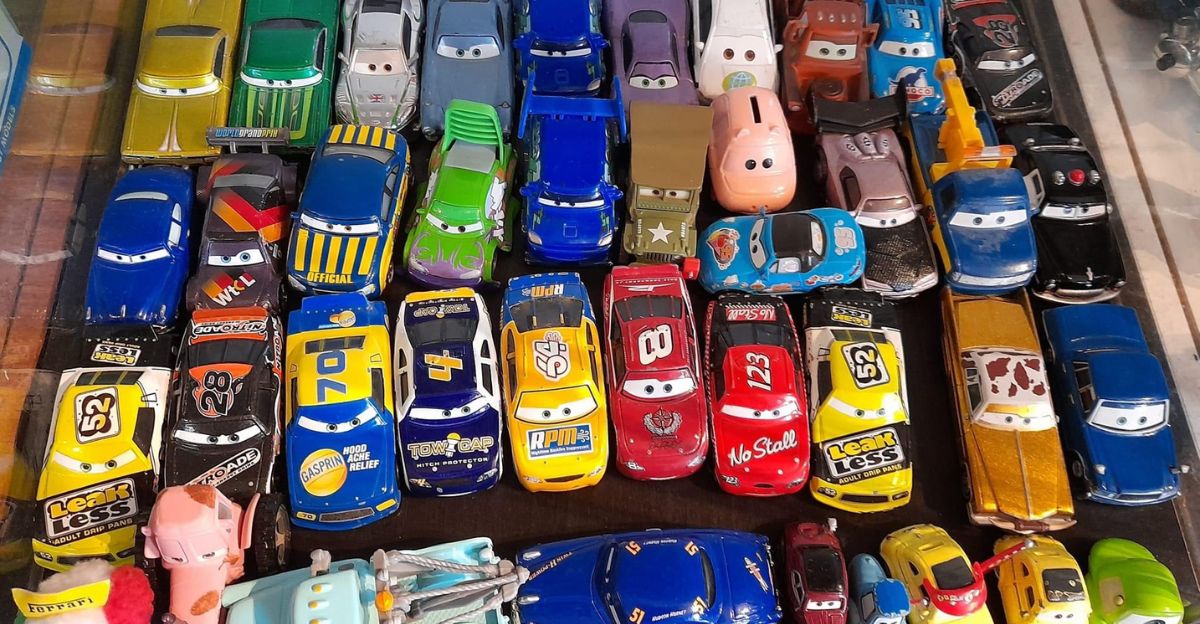
Remember the toys that filled your childhood and sparked imagination and joy without emptying your wallet. Those classic toys were often affordable and made with care, becoming cherished memories. But that era is fading.
The steady availability of beloved toys at reasonable prices is being disrupted. Families today may find it harder to recapture that same magic as toy manufacturing and retail landscape shifts beneath their feet. Why is this happening now, and what does it mean for today’s kids? The story behind this change is more complex than it seems.
Tariffs Shake Up Toy Supply
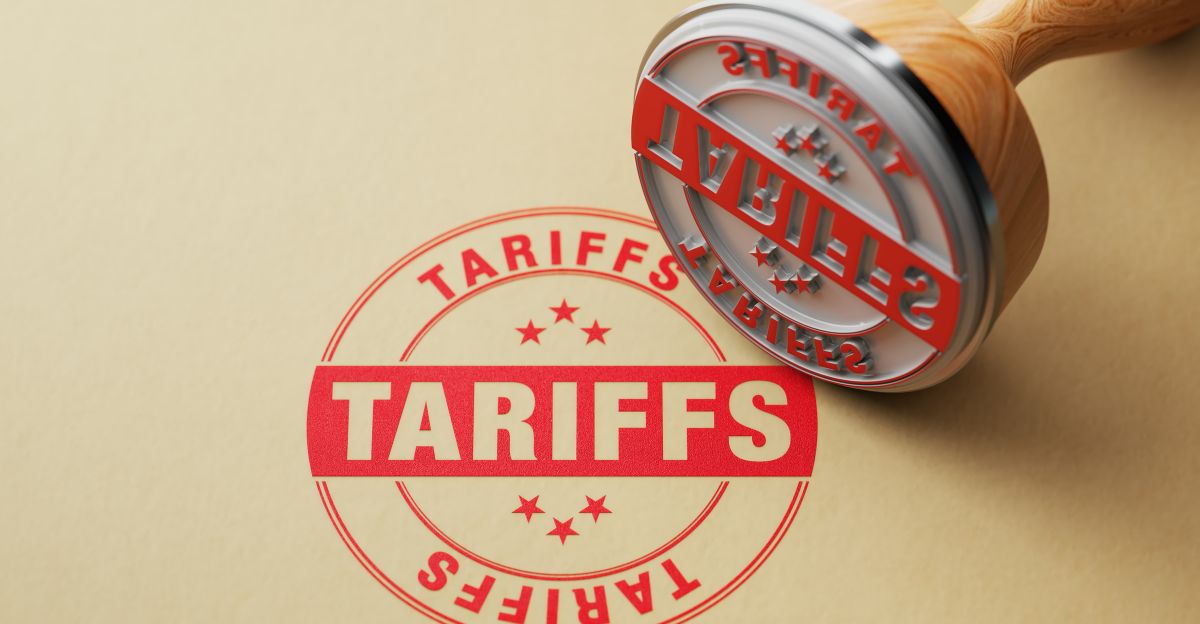
The root of the problem lies in new tariffs imposed on imported goods, including toys. These tariffs have disrupted the steady flow of affordable toys into the U.S., forcing manufacturers and retailers to rethink their pricing and supply strategies. Since many toys sold in America are made overseas, especially in China, these added costs hit hard.
Manufacturers face increased expenses, which are then passed down to consumers. This disruption creates uncertainty in the market, forcing everyone from factory floors to store shelves to adapt quickly. The result? Higher prices and fewer toys available for eager buyers.
The Price Tag Revealed: Up to 36% More.
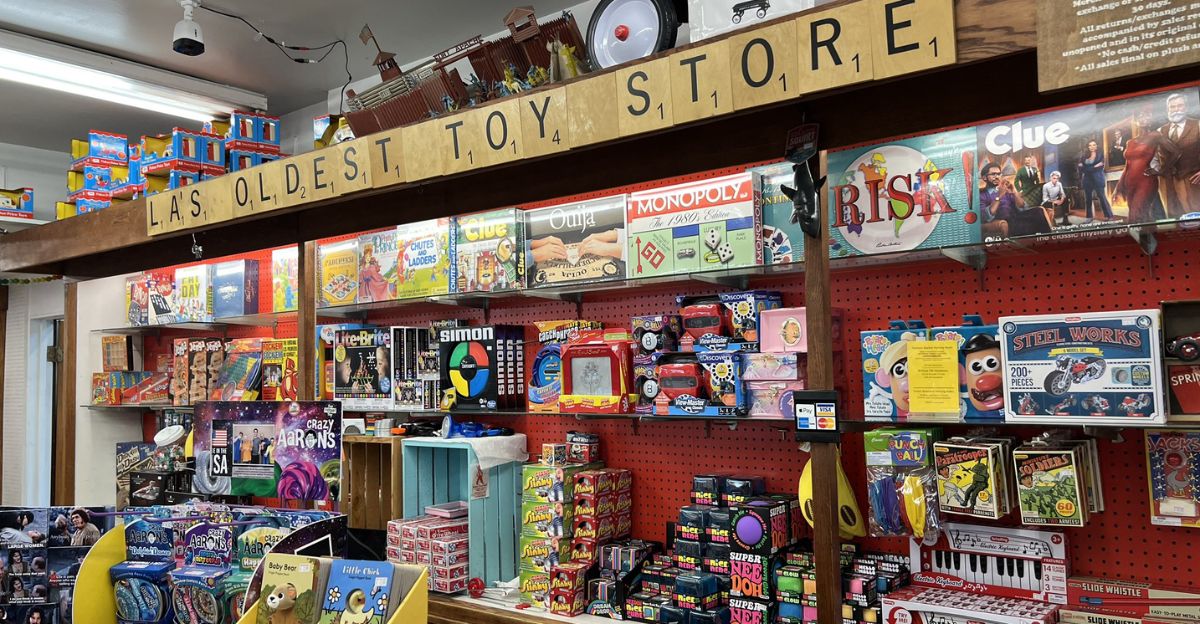
Here’s the core fact: toys are now up to 36% more expensive as tariffs on Chinese imports take effect. Nearly 80% of U.S. toys come from China, making this a game changer for families nationwide. This steep increase means parents must spend significantly more to buy the same toys they once got for less.
Retailers are caught in the middle, balancing higher wholesale costs with customer expectations. The impact is clear: what used to be affordable fun is now a heavier burden on household budgets. This price surge is reshaping how Americans shop for toys and what they can afford to bring home.
Regional Differences in Price Impact
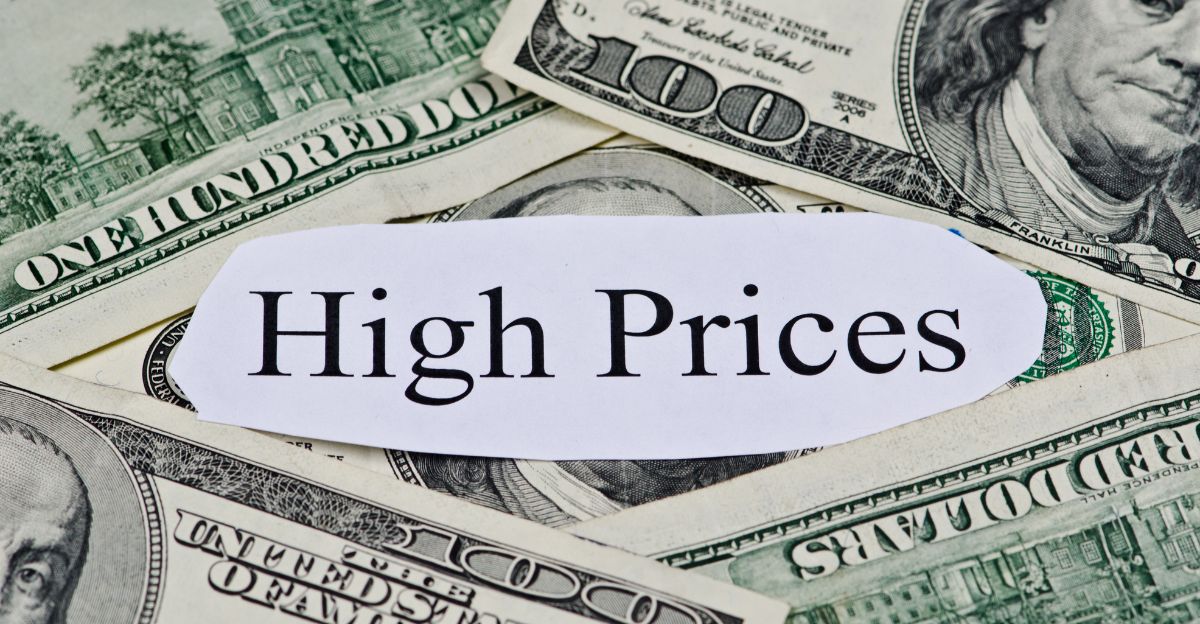
Whether you live in New York, Texas, or California, the price hikes are being felt everywhere. However, depending on local supply chains and retailer responses, some regions face sharper increases. Areas with fewer distribution centers or higher transportation costs may see steeper price jumps. Additionally, regional economic factors influence how stores adjust prices and stock shelves.
This means that while the tariff impact is nationwide, the experience varies by location. Families in some communities might feel the pinch more acutely, making the issue deeply personal, local, and national.
The Human Side: Franchisee Struggles
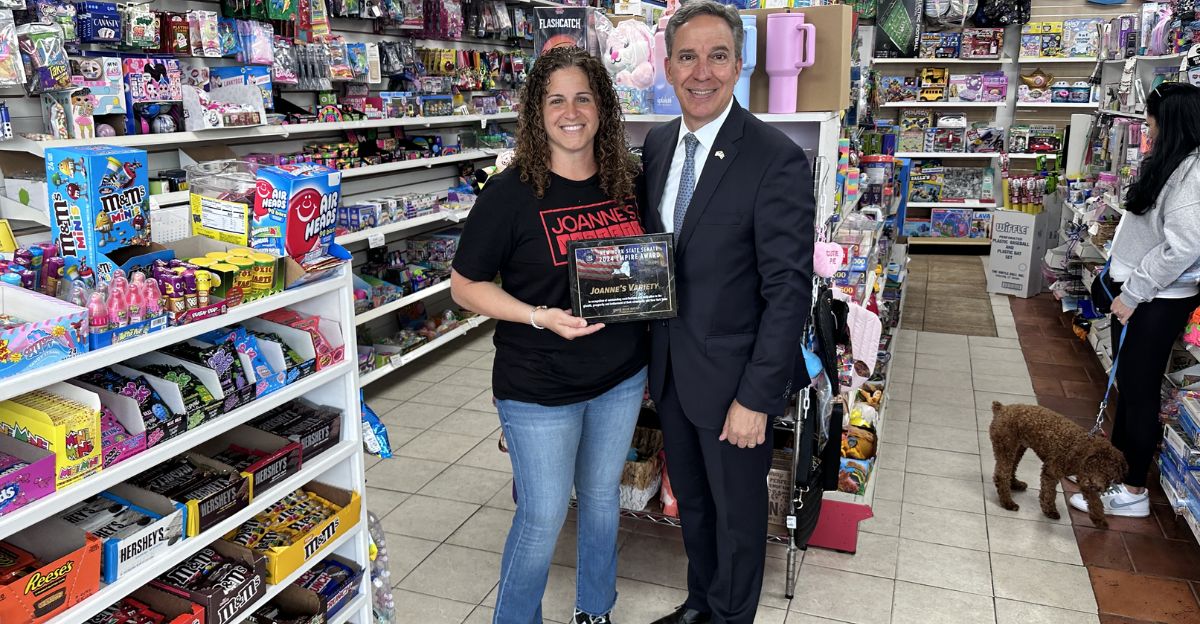
Toy store owners and franchisees are on the front lines of this challenge. Many are grappling with higher costs and shrinking profit margins. The pressure to keep prices competitive while managing supply shortages is intense. Some franchisees worry about losing customers who can no longer afford pricier toys, while others face difficulties in keeping shelves stocked with popular items.
These struggles highlight the human element behind the numbers of real people trying to sustain their businesses and serve their communities amid uncertain times. Their stories add depth to the broader economic shifts affecting the toy industry.
Competition Heats Up Among Big Brands
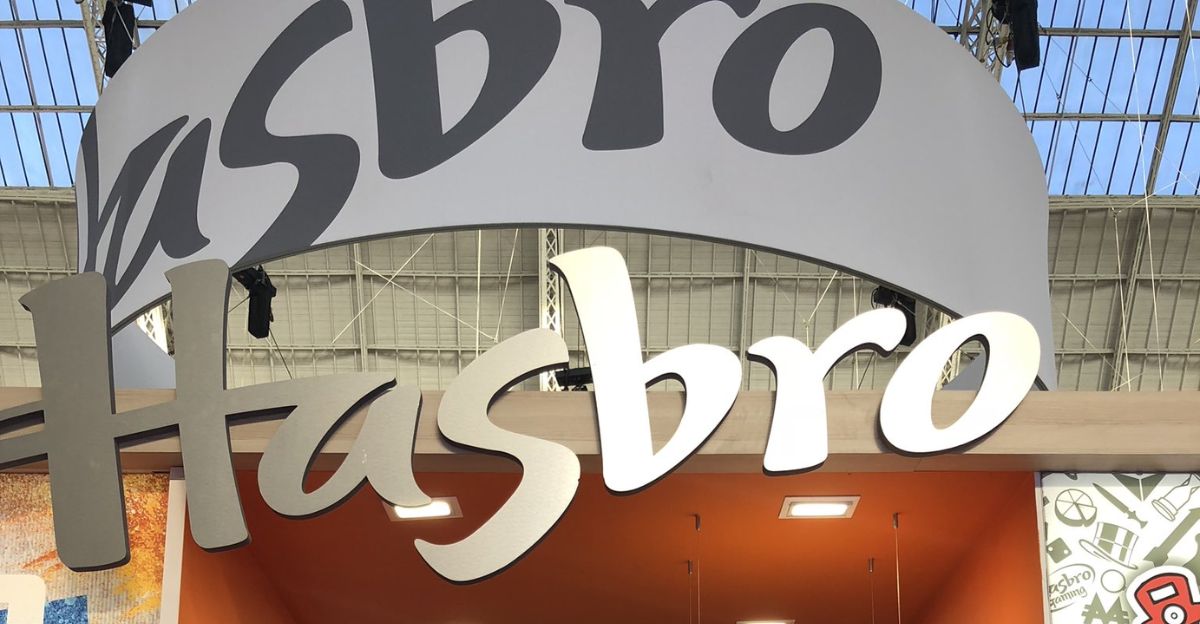
Major toy companies like Mattel, Hasbro, and MGA Entertainment also feel the heat. They are raising prices to offset increased costs and grappling with supply chain snarls. At the same time, they compete fiercely for consumers who are tightening their budgets. This competitive pressure forces brands to innovate and rethink marketing strategies while managing cost increases.
The battle for consumer dollars in a shrinking market is fierce, and companies must balance profitability with customer loyalty. This dynamic adds another layer to the unfolding story of rising toy prices and shifting market forces.
Changing Consumer Habits Shape the Market
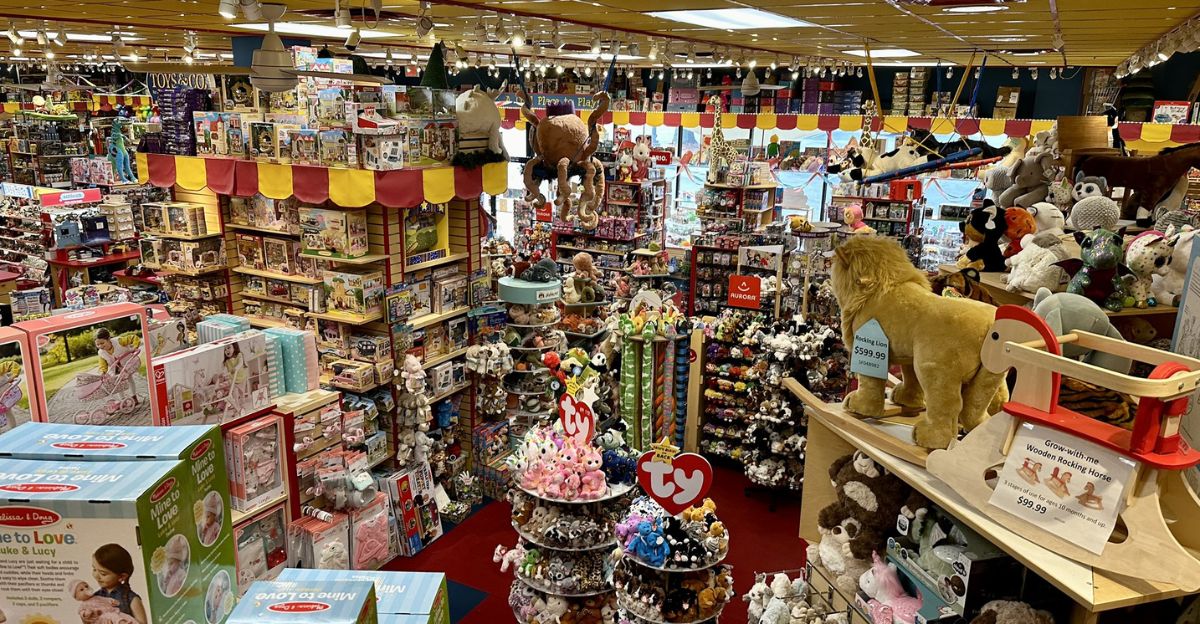
As prices rise, parents reconsider how and what they buy for their children. The era of purchasing dozens of toys may give way to a preference for fewer, more meaningful choices. Families prioritize quality and value, seeking toys with lasting engagement rather than quantity.
This shift in consumer habits is reshaping the toy market, pushing retailers and manufacturers to adapt. It reflects broader trends toward mindful spending and sustainability, signaling a transformation in how playtime is valued and experienced. The toy industry must evolve to meet these changing expectations.
What’s Next for America’s Toy Shelves?

The big question remains: will tariffs continue to push prices higher, or could new trade agreements ease the burden? The future of America’s toy shelves hangs in the balance. Policymakers, manufacturers, and retailers all have roles to play in shaping what comes next.
For families, the hope is for affordable, accessible toys that keep the magic of play alive. As this story unfolds, one thing is clear: the landscape of childhood play is changing, and we all have a stake in what playtime will look like tomorrow. What do you think the future holds?